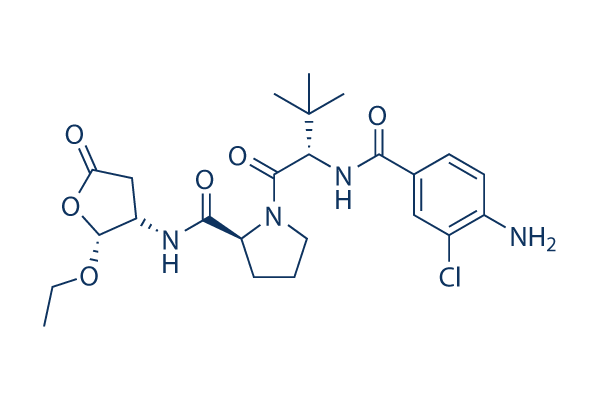172 sequences, most likely representing housekeeping genes, whose expression at rather elevated levels is important in all tissues, had been uncovered in every one of the 3 sets. In all the three organs analyzed, about 2/3 on the transcripts were identified as tissue certain, highlighting after again the powerful link involving the biological function of various tissues and gene expression. Discussion De novo transcriptome assembly The advent of NGS technologies has had an exceptional influence on lots of fields of biology, such as genetics, practical and comparative genomics and molecu lar ecology. The remarkable prospective range of appli cation of these techniques will very likely move the concentrate of substantial throughput sequencing within the close to long term from gen ome and transcriptome sequencing for the use in clinical medication and diagnostics.
Due to its possible ap plication to deep RNA seq, NGS has become praised like a expense efficient and revolutionary tool for transcriptomics because the incredibly early stages kinase inhibitorMdivi-1 of its advancement. Al however terrific technical advances are produced within a rela tively brief lapse of time while in the improvement of each sequencing technologies and sequencing data manage ment, considerable issues linked with RNA seq still re main unsolved. The main computational troubles while in the management of NGS data is represented through the dependable de novo assembly of transcriptomes. This is a complicated activity, as a result of presence of alternatively spliced transcript var iants, gene duplications, allelic polymorphisms and noise as a consequence of suboptimal sequence top quality, which usually prospects on the generation of a large number of short and poorly as sembled contigs.
The substantial volume of sequencing reads obtained from L. menadoensis liver and testis allowed us to apply strin gent filtering criteria, each investigate this site during the processing of raw se quencing reads and while in the filtering of assembled contigs, in order to accomplish a ultimate set of higher good quality transcripts and to conquer essentially the most popular pitfalls of NGS as semblies. We chose to work with the Trinity assembler, ready to effectively recover total length transcripts across a broad range of expression ranges but relatively redundant be induce of your inclusion of alternatively spliced variants. The Trinity assembly was used like a reference sequence set to become appropriately refined and enriched, when pos sible, by a second de novo assembly carried out together with the assembler included within the CLC Genomic Workbench.
The choice of integrating the Trinity output with all the CLC as sembly was created due to the empirical observation of the additional successful  reconstruction of complete length transcripts and due to the operational velocity of its assembly algo rithm, primarily based on de Bruijn graph. As this approach, while really rapidly, is identified to provide assemblies that are quite fragmented in comparison with other assemblers, only a selected set of assembled contigs was applied to enhance the Trinity assembly, which has a unique emphasis on protein coding transcripts.
reconstruction of complete length transcripts and due to the operational velocity of its assembly algo rithm, primarily based on de Bruijn graph. As this approach, while really rapidly, is identified to provide assemblies that are quite fragmented in comparison with other assemblers, only a selected set of assembled contigs was applied to enhance the Trinity assembly, which has a unique emphasis on protein coding transcripts.
Anhydrase Signal
Renal carbonic anhydrase allows the reabsorption of bicarbonate ions in the proximal tubule.
